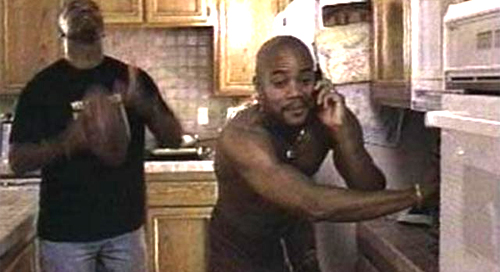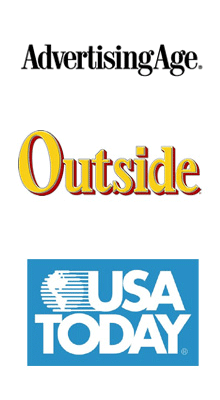Sand-Printer like a giant die cutter – For today’s edition of Travel Trends, let’s look at an invention that is certainly not hi-tech. Enter the Sand Printer. Or, the Beach Hamster (copyright pending). A giant wheel with lettering on the outside of the rim. As the rider, or victim, rolls down the beach, a nicely typed message appears in the sand behind them.
From the creators, Zana Design of Spain (sorry, no direct link…a flash site):
The user enters the wheel and with the balance of his weight the wheel will begin turning in the sand at the same time displaying the message. This is personalized prior to departing, since the letters must be attached to the outside panels of the structure in a workshop. The message can be a phrase with large letters or a paragraph with small letters.
Sure, it’s cool, but how could I use it?
First, every beach destination in the country should be calling Spain to custom order one of these toys. Not to mention beach-front hotels, major restaurants, etc, etc. Honestly, I don’t think we could find a better example of guerrilla advertising combined with such an attention grabbing visual. Reminds us of the brilliant chalkbot from Nike.
Competitive messages for your destination on some other CVB’s beach, URL promotion, coupons, ‘follow me to restaurant X’…endless ideas for messages in the sand.
But why stop there, I know a few winter destinations that could roll out a product like this (pun intended!). ‘Apres Ski Tonight at Bar X’ would nice is some freshly groomed powder just off of the Crescent Quad lift in Park City. Okay, people skiing around this wheel might be a bit dangerous, but the effect would still be unique. (Warning, do not aim Sand Printer down a snowy hill.)
And to top it all off, unlike other guerrilla techniques, this one is eco-friendly, washes or melts away and is not an annoying distraction to your potential audience.
Points to the first DMO to ship one over.
Social Technographics: Conversationalists get onto the ladder – Status updates on Twitter and Facebook now have a home on the social media ladder. Today, Forrester Research, via the Groundswell blog, added a ‘Conversationalists’ rung to the Social Technographics chart or, simply, the ladder. Conversationalists are defined as people who update a social network status at least once a week. Anything less is deemed to be not very conversational.
Additionally, the post included some interesting facts from the full report:
They’re 56% female, more than any other group in the ladder. While they’re among the youngest of the groups, 70% are still 30 and up.
And more detail from the MediaPost report:
Conversationalists are younger than the average adult consumer — 56% female, with household incomes slightly above average and more likely than other social classifications to hold a college degree.
And they’re not just young people. Seventy percent are ages 30 or older. In fact, 36% are 18 to 29; 37% are 30 to 43; 14% are 44 to 53; 9% are 54 to 64; and 4% are 65 and older.
Along with some tips for using this data:
- Convince your boss this stuff is for real, and that if you haven’t jumped on it, you’re late.
- Profile your customer base, and see what they’re ready for, before planning a project to reach out to them. (After all, People is the first step in the POST process.)
- Segment your audience; build different strategies for different segments. (Social is so prevalent now that a single approach for your company is probably too broad.)






















